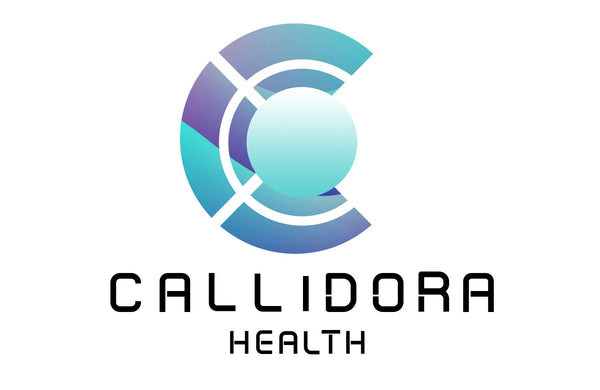Whether you’re a professional athlete or a fitness enthusiast, sports injuries can be frustrating—physically, mentally, and emotionally. They not only disrupt your performance but can also impact confidence and long-term mobility. That’s where sports rehabilitation comes in — a structured, science-based approach designed to help athletes recover faster, regain strength, and return to their sport safely.
What Is Sports Rehabilitation?
Sports rehabilitation focuses on the prevention, assessment, and treatment of injuries related to physical activity. It combines physiotherapy, exercise science, and advanced recovery techniques to help individuals restore full function and prevent future injuries.
The process is tailored to each athlete’s specific condition, sport, and performance goals. From sprained ankles to ligament tears, sports rehabilitation bridges the gap between injury and return to play.
Common Sports Injuries Treated
-
Muscle strains and ligament sprains
-
Tendonitis and bursitis
-
ACL and meniscus injuries
-
Shoulder and rotator cuff issues
-
Back and neck pain
-
Post-surgical recovery (knee, ankle, shoulder, etc.)
The Stages of Sports Rehabilitation
-
Pain Management & Inflammation Control
Early rehabilitation focuses on reducing pain and swelling through rest, cold therapy, gentle mobilization, and sometimes electrotherapy or ultrasound. -
Restoration of Mobility & Flexibility
As the pain decreases, therapists introduce stretching and range-of-motion exercises to restore flexibility and joint mobility. -
Strength & Endurance Training
Gradual strengthening exercises help rebuild muscle, enhance stability, and support injured tissues. -
Sport-Specific Conditioning
Once strength and balance are regained, the focus shifts to drills and functional exercises that mimic the movements of the athlete’s sport. -
Injury Prevention & Education
The final stage includes training on proper techniques, warm-up routines, and body mechanics to reduce the risk of re-injury.
Why Choose Professional Sports Rehabilitation?
-
Faster and safer recovery from injuries
-
Personalized exercise plans based on sport and fitness level
-
Prevention of chronic pain and recurring injuries
-
Improved performance and mobility
-
Holistic recovery, addressing both physical and mental well-being
The Role of Physiotherapists in Sports Recovery
Trained physiotherapists use manual therapy, electrotherapy, taping, and guided exercise programs to accelerate healing. Their goal is not just to heal the injury, but to help athletes perform even better than before.
